Good Practices for Sustainable Cruise Tourism

The European Commission has published its Good Practices for Sustainable Cruise Tourism Report which takes an in-depth look at the cruise industry and sustainable tourism and highlights several European case studies where projects or activities have had sustainability at their core with tangible results.
While the cruise tourism industry faces a significant environmental mandate, the report finds that there is a plethora of green technological solutions available or in development.
The report finds that the cruise tourism industry is considered proactive in trying to improve destination management, reduce its impact on the environment and increase its levels of social responsibility.
But what is good practice? Good practice enhances collaborative efforts between stakeholder groups. It contributes to, facilitates and/or stimulates collaboration across these groups and is measurable.
Seven examples (out of many others) are described in more detail in the Good Practices Report.

Cruise-specific shoreside electricity at the cruise terminal of Altona
Construction of a shoreside electricity supply (or onshore power supply) at the port of Hamburg’s Cruise Terminal, Altona, allows cruise ships to connect to shoreside electricity supplies from renewable energy. The port of Hamburg was the first to provide shoreside electricity for cruise ships in Europe.
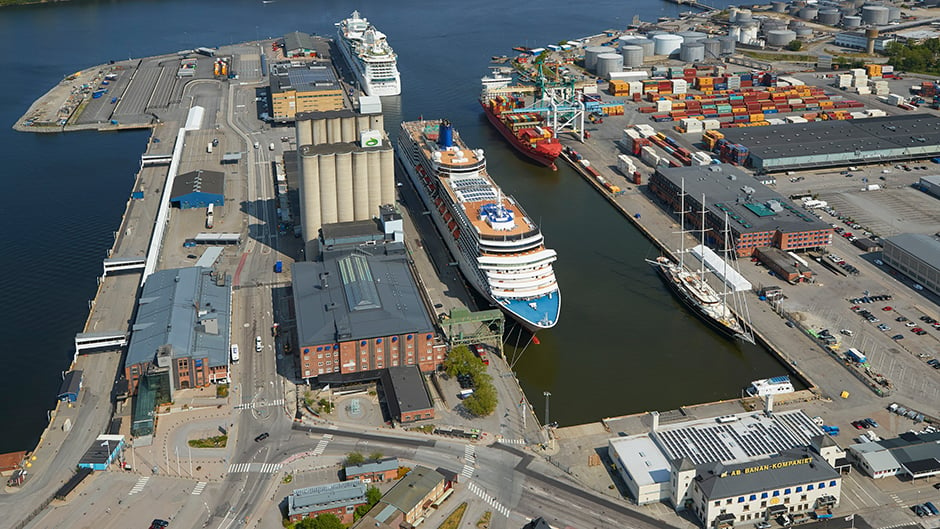
Waste treatment facility at the Port of Stockholm, Sweden
Highlighted as an excellent example of the processing facilities of waste of cruise ships by the Port of Stockholm. Cruise lines are incentivised to deliver at least three different categories of waste eg. plastics, paper, and metal. In total, 65% of the waste is converted to biogas, district heating or electricity, 34% of waste is recycled, and just 1% goes to landfill.
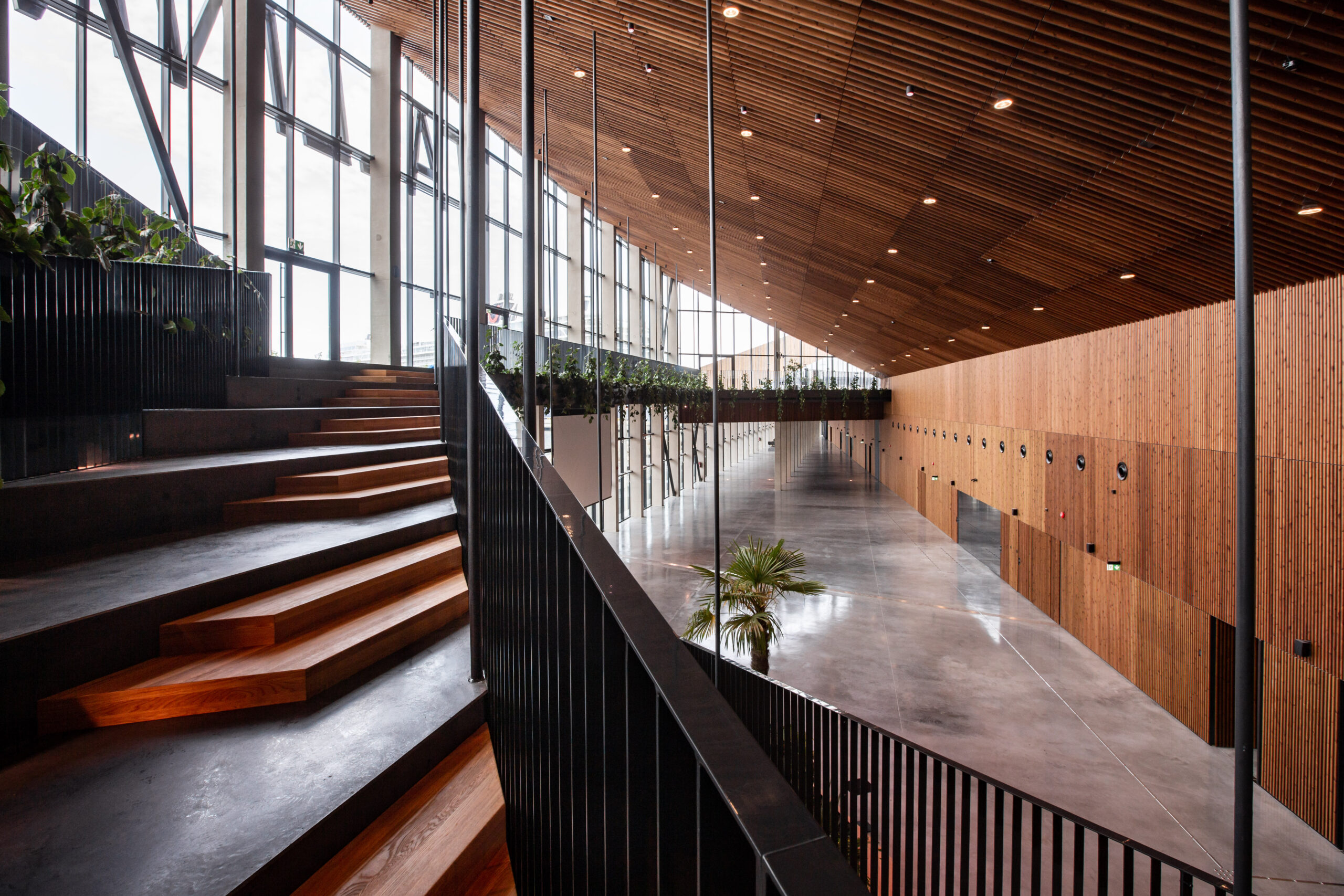
Sustainable cruise terminal in the Port of Tallinn, Estonia
The Port of Tallinn built a new sustainable cruise terminal to facilitate larger cruise ship visits, with improved access and facilities for the local community, as well as cruise guests, and innovation at its heart. The award-winning terminal is mainly built from sustainably sourced wood with a good proportion of its energy provided by solar panels.
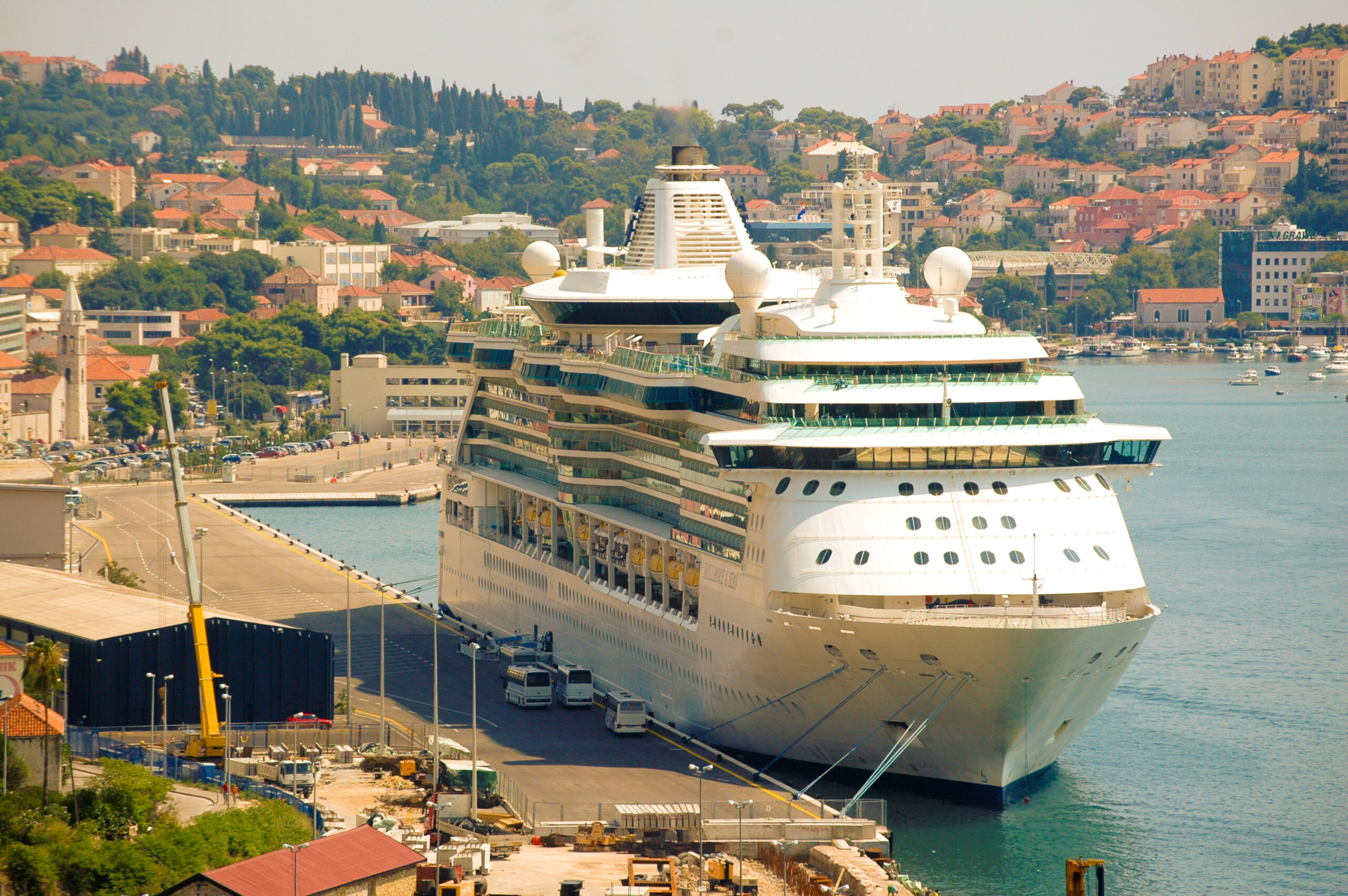
A holistic approach to tourism in Dubrovnik, Croatia
This ground-breaking example demonstrates the positive impacts of collaboration between the City of Dubrovnik, cruise lines, and CLIA with the aim of making cruise tourism more sustainable within the city. More about this case study.
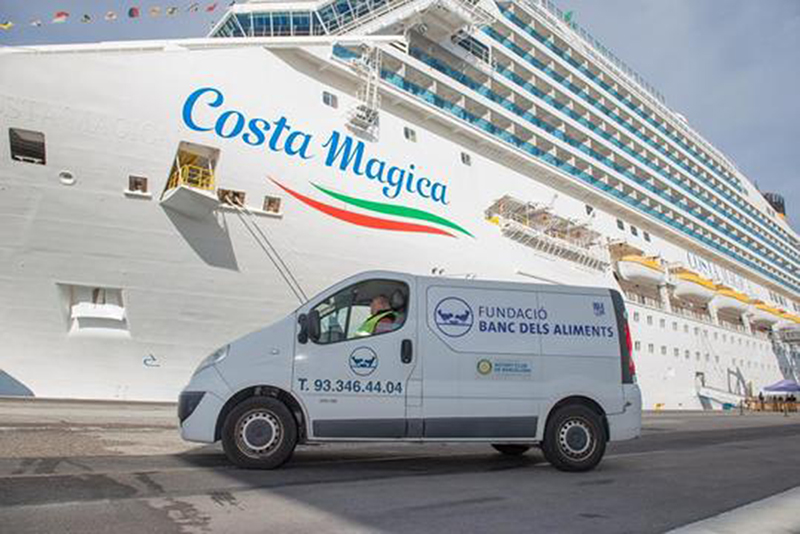
Waste reduction programme 4GOODFOOD
4GOODFOOD is a food waste reduction programme aimed at halving food waste generated on board Costa Crociere ships in line with the UN’s Sustainable Development Agenda target of reducing food waste by 50%. This has now been implemented across eight EU destinations.

LNG bunkering at the Port of Barcelona, Spain
This example involved using two existing barges and constructing a new ship to bunker liquefied natural gas (LNG) ship-to-ship in the Port of Barcelona. It is part of a wider programme aimed at fostering the use of LNG as an alternative more sustainable transition fuel in the maritime sector.
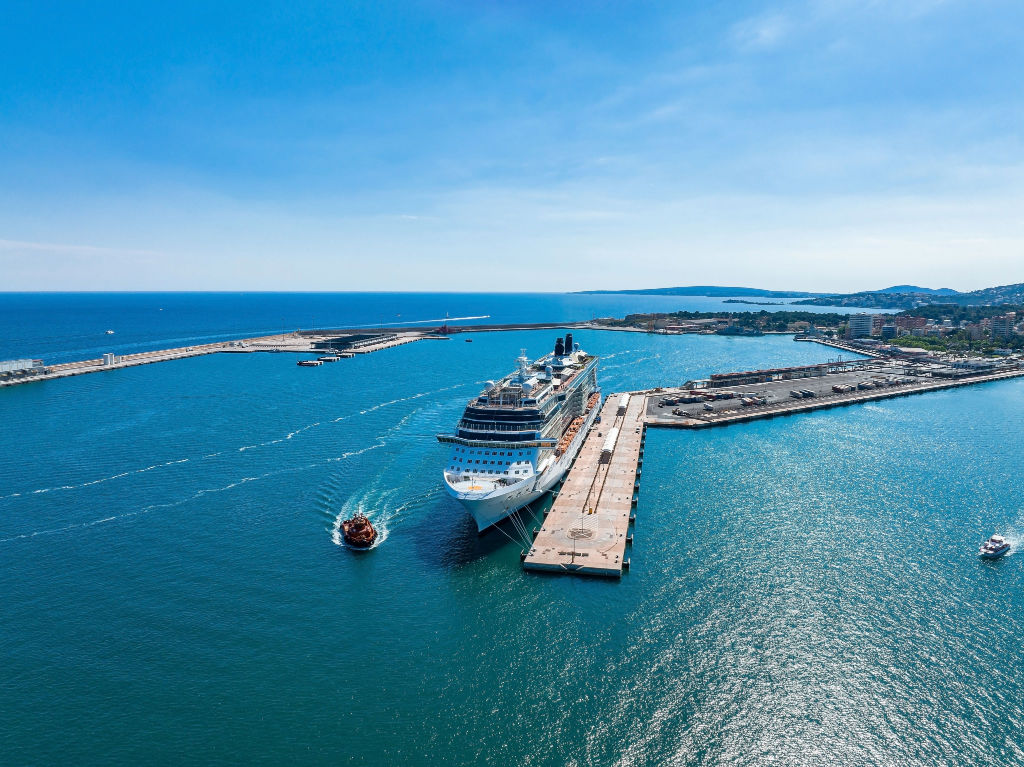
Environmental Ships Index (ESI)
This project entails creating a system that calculates the emissions of cruise ships when at berth. The Environmental Ship Index (ESI) at-berth module is currently in development and being piloted in 2023 with plans to be implemented in various EU ports.
Responsible tourism in practice
Most of the highlighted case studies also contribute to the EU green deal, which focuses mainly on sustainability from an environmental angle.
The report concludes that cruise tourism industry is important for Europe. It contributes to economic activity and generates jobs. Although it only represents a small fraction of total global tourism, Europe is the second biggest cruise market after North America, both as a source of passengers and as a cruise destination.
Read the full European Commission Good Practices for Sustainable Cruise Tourism Report.